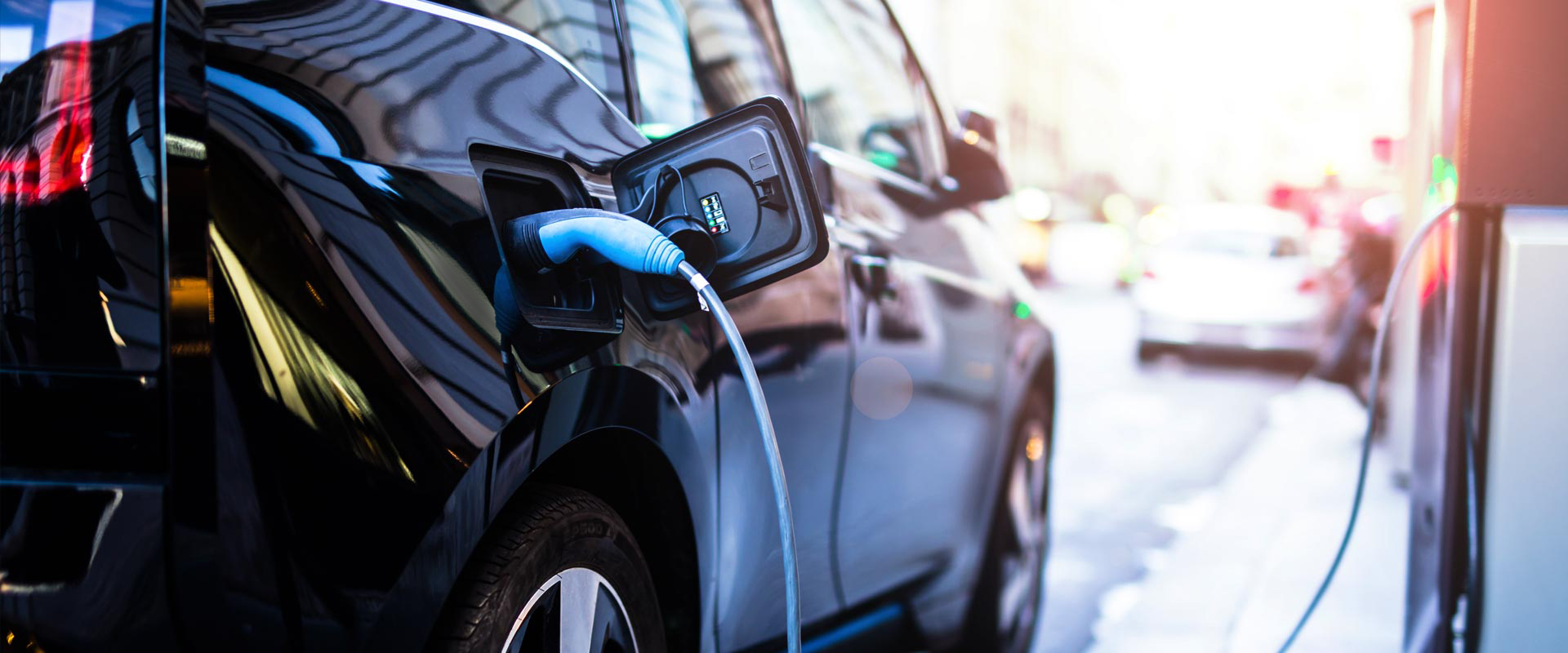“I skate to where the puck is going,
not where it has been.”
—Wayne Gretzky

—Wayne Gretzky
Think about your drive home from work, school, shopping, or other errands. But notice something is different: there are cars on the road but no traffic congestion, the air is clean, there are no car crashes, and you aren’t worried about getting a speeding ticket.
If you ride your bike home you’ll see it, too – vehicles aren’t whizzing past close enough to clip you, and when you get tired of pedaling, you rest your feet and coast home. If you take public transportation, the ride is a productive extension of your day as you finish a report and catch up on email.
That is the potential of how transportation technologies could improve our quality of life in the future. Already, some “behind the scenes” technology such as synchronized signal timing is helping our transportation system work more efficiently. While no one knows for sure what or when the “next big thing” in transportation will be, the one thing we can predict is that the future will be unpredictable.
Innovation is expected to impact everything from congestion and safety, to mobility, costs of goods, and the environment. Just a few examples of transportation technologies – and their benefits – include:
![]() ALTERNATIVE FUELS
ALTERNATIVE FUELS
Fuels derived from cleaner energy sources than traditional fuels, including electricity, hydrogen, natural gas, and propane.
Alternative fuels can make driving a vehicle cheaper, more convenient, and more environmentally friendly, and can reduce dependence on foreign fuels.
![]() SHARED MOBILITY
SHARED MOBILITY
Using vehicles on an as-needed basis, including bike sharing, car sharing, and ridesharing (e.g., transportation network companies such as Uber and Lyft).
Shared mobility can provide mobility options for individuals, including low income, individuals with disabilities, the elderly, and more, who may not have the ability or desire to own or drive their own vehicle.
![]() ELECTRIC BICYCLES
ELECTRIC BICYCLES
Bicycles with integrated electric motors that provide assistance to the rider.
E-bikes can increase the distance bicycle commuters or recreational riders can travel, as well as provide an additional option for individuals who cannot or do not drive, allowing them to reach destinations that would normally be outside the biking range.
![]() AUTONOMOUS VEHICLES
AUTONOMOUS VEHICLES
Vehicles, including private vehicles as well as buses and freight trucks, that can drive themselves, or take on certain aspects of driving in “autopilot” mode.
Driver assistance technologies, such as autonomous vehicles, can decrease the number of human errors – the cause of 94% of serious crashes – and save lives.
![]() CONNECTED FREIGHT
CONNECTED FREIGHT
Freight vehicles that use one or more communication technologies to communicate with drivers, other freight vehicles, roadside infrastructure, or the “cloud.”
Connected freight, such as when freight trucks virtually “link” to one another to each other to establish uniform speeds and following distances, could save up to 7% of fuel costs, which in turn, can lead to reduced costs of durable goods.
![]() DELIVERY DRONES
DELIVERY DRONES
An unmanned aerial vehicle – essentially a flying robot – used to deliver packages.
Delivery drones could reduce the number of freight trucks in our neighborhoods, thus increasing safety on local roads, while also increasing reliability and decreasing costs of deliveries.
![]() MAGLEV
MAGLEV
Vehicles that travel through low-pressure tubes, floating above a track using magnetic levitation.
With current speeds clocked up to 375 miles per hour and promises of fares that are cheaper than airline tickets, Maglev could eliminate long vehicle commutes and allow for more cost-effective travel between cities.
![]() SOLAR ROADS
SOLAR ROADS
Roadways or parking lots made from solar panels.
Solar roads could generate electricity for the roadway itself (e.g., heating for snowmelt and lighting for safety) or for other energy needs.
![]() FLYING CARS
FLYING CARS
Cars that fly, need we say more?
New is never easy. New technologies will face hurdles ranging from legal and political barriers, to market-based challenges, to physical and technological difficulties in incorporating innovation into existing transportation infrastructure.